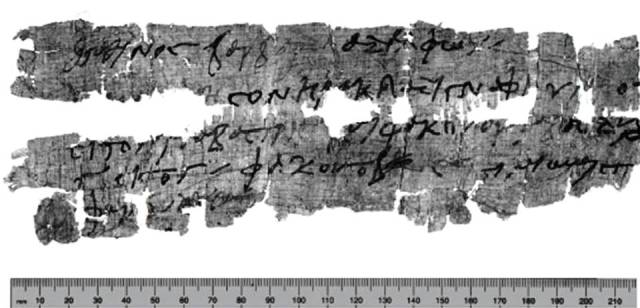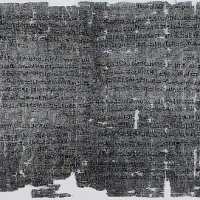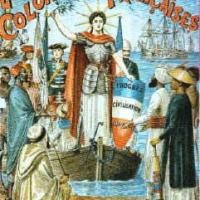Rachel Laudan has put up a most interesting blog on food production and distribution in ancient times, focusing on the problems of provisioning Rome; she says >
Provisioning Rome, one of the world’s largest cities, if not the largest with as many as a million people by about 55 B.C., was one of the greatest challenges of the Ancient World.
Bread was the basis of the diet, supplying most of the calories for most of the population. So getting grains, particularly wheat, into Rome was the major provisioning problem…
For most of history, travel by water where the current or the wind supplied the power was much, much cheaper than travel by land where animals (human porters, mules, oxen) provided the power. Those animals had to be fed. Even if there was a lot of grass or other food along the way, they needed grains for energy. As quartermasters from Alexander’s time to World War I knew, animals quickly went through the grains they were transporting.
Source: Rachel Laudan, What the Roman Empire Knew About Food Miles
And where was a large part of the grain destined for Rome produced? Egypt – ‘The Gift of the Nile’ – which, during the period discussed by Rachel, was a major ‘grain colony’ administered by the Roman government. Enormous amounts of grain were shipped from Egypt to Rome; and the ability to ship grain by water – practically from the fields in the Nile Valley to Rome itself – was a major attraction.
How much of a producer’s fields were destined for these markets, and how much was consumed domestically? The following manuscript, written in the 3rd or 4th Century AD (during Roman occupation of Egypt), tells us a little about local consumption (in Egypt). It is a document recording payment in-kind – in grain – which is due to the fuller Heraklas for labors completed.

P. Mich. inv. 1507 was acquired by the University of Michigan in 1924. Source – Sheridan-Order for Delivery of Wheat and Lentils.
Agathinos to Barbarus his brother, greetings.
Measure out for Heraklas the fuller [laborer], for salary, three artabas* of wheat and two artabas of lentils.
Totals 3 artabas of wheat, 2 artabas of lentils. I have signed for . . . of wheat . . . of lentilsSource: Jennifer Sheridan Moss, ‘Order for Delivery of Wheat and Lentils,’ in Papyrological texts in honor of Roger S. Bagnall / edited by Rodney Ast, Hélène Cuvigny, Todd M. Hickey, and Julia Lougovaya.
(American Studies in Papyrology ; volume 53)
It is probable that Heraklas is an overseer of common laborers working in the fields of his brother Barbarus; we simply do not have corroborating documentation, for there is no provenance or other manuscripts related to this slip. However we can surmise that the writer and his brother would have been subject to taxes, paid (often) in grain to colonial representatives of Rome located in Alexandria. In this way, the administration of Rome worked to assure supplies of grain to the capital – a strategy that ultimately contributed to a near-collapse of Egyptian agriculture.
More about these and related events to come in later blogs.
* artaba – dry measure used in ancient Egypt, equal to approximately 27.13 liters.


























Hi Diana, Thanks for this great follow up. I’m trying to make sense of this in a very back-of-the-envelope anachronistic kind of way.
Assume that the weight of lentils per artaba is the same as the weight of wheat.
Then Heraklas received 135 liters (4 bushels).
4 bushels of wheat (and I know it’s not all wheat, but assume the lentils would give equivalent food value) would make 292 one pound loaves of white bread (more of whole wheat obviously). http://www.smallgrains.org/springwh/June03/weights/weights.htm
Assuming that if bread is the overwhelming portion of the diet, someone doing manual labor needs 2 lbs a day.
So Haraklas’s salary would probably not be enough for one person for a year, certainly not if taxes had to be paid in kind as well. And certainly not enough for a family.
So I wonder how often such payments were made?
Hope this makes sense.
LikeLiked by 1 person
Yes – great figures and will come back with more responses later today = we just don’t have a whole lot of data to work with! Glad you enjoyed the post!
LikeLike
Rachel – major link problems yesterday and today; here is a reference to one of Bagnall’s articles, which takes up some of the issues we’re discussing in some detail, from results found in mss. in the Fayum (Egypt). I will get back in a day or two with other responses; in the meantime, do enjoy this – Bagnall-Agricultural productivity and taxation in later Roman Egypt
LikeLike